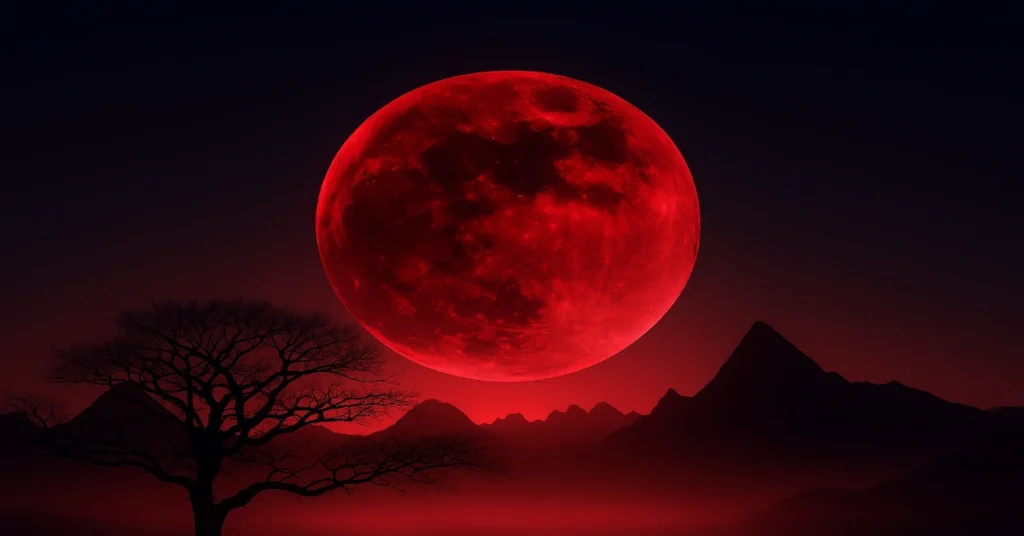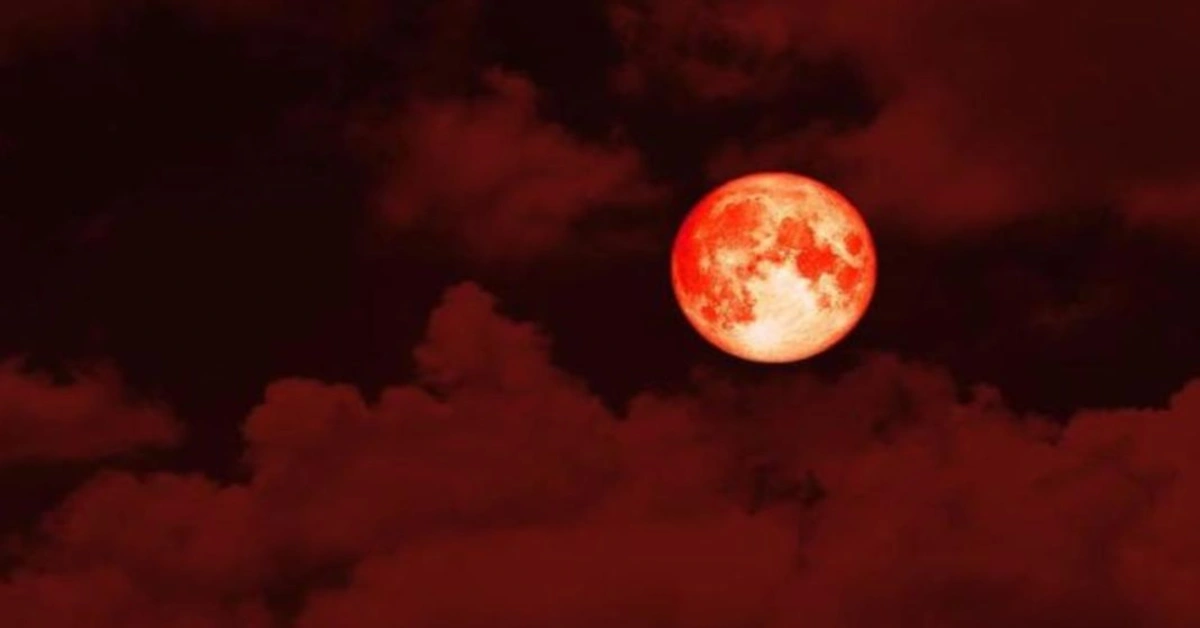Tonight (7 Sept 2025) Pakistan will witness a Total Lunar Eclipse Blood Moon, a dramatic celestial event announced by the Space and Upper Atmosphere Research Commission (SUPARCO). The spectacle is expected to be visible across most of the country, weather permitting, and offers a safe — and breathtaking — show for skywatchers.
How a Lunar Eclipse Happens
A lunar eclipse happens when Earth moves directly between the Sun and the Moon, casting a shadow on the lunar surface. When the Moon passes fully into Earth’s darkest shadow (the umbra), a total lunar eclipse occurs. During totality, sunlight filtered and refracted through Earth’s atmosphere often gives the Moon a deep red or coppery hue, which is why observers call it a blood moon. This phenomenon is completely safe to view with the naked eye.

When & where to watch
SUPARCO has given Pakistan-specific times: the event will begin around 8:30 pm (PKT) on 7 September, reach its maximum (peak) late at night, and conclude by about 1:55 am (PKT) on 8 September. Local agencies and global eclipse trackers show small timing differences for phases, so use the SUPARCO timings for Pakistan and double-check with a trusted local source if precise minute-by-minute timing matters for your location.
Key timings (Pakistan Standard Time)
Penumbral begins (approx): 8:28 pm.
Totality window (approx): 10:30 pm – 11:52 pm (some agencies list peak near 11:57 pm).
Event ends (penumbral over): ~1:55 am on 8 Sept.
How to watch
Naked eye is fine. Unlike solar eclipses, the Moon is safe to view directly during any eclipse phase. You don’t need special glasses.
Bring binoculars or a small telescope to resolve surface detail and color; they make the red tone more striking. Use a tripod for photography.
Location matters: pick a dark area with an open eastern/SE horizon and minimal light pollution for the best view. Clouds will be the biggest spoiler — check local weather before heading out.
Why the Moon turns Red
Short-wavelength light (blue/green) is scattered by Earth’s atmosphere; longer red wavelengths pass through and are bent onto the Moon’s surface during totality. The exact shade of red depends on Earth’s atmospheric conditions (dust, aerosols, volcanic ash) that night — so colors can range from bright copper to deep rust. This is the same reason sunsets look red.
Photographers Quick Checklist
Use a tripod and remote shutter or timer.
Start with a focal length of 200–400mm (crop sensors) or wider if you want the Moon in landscape.
Settings to try: manual mode, ISO 400–1600, aperture f/5.6–f/8, shutter 1/2s to several seconds depending on phase and lens — bracket exposures.
Capture before, during, and after totality to show the color change.
Also Read: Public Holidays in September 2025: Pakistan and Worldwide
Important Info – Total Lunar Eclipse Blood Moon
Safety: It’s completely safe to watch a lunar eclipse with the naked eye — no protective eyewear needed.
Weather & visibility: Cloud cover can block the view. Check your local forecast an hour before the event and have a backup viewing spot with clearer skies if possible.
Timing differences: Different organizations publish slightly different phase times (SUPARCO, TimeandDate, NASA). For public events in Pakistan, follow SUPARCO’s announcements and local broadcasters for the most relevant local timing
Final Thoughts
This Total Lunar Eclipse Blood Moon is an accessible, beautiful astronomical event — a great chance to step outside, watch the sky, and if you like, take a few photos. Share images responsibly (include time and location) so others can compare views across Pakistan. Enjoy the show tonight!




Join The Discussion